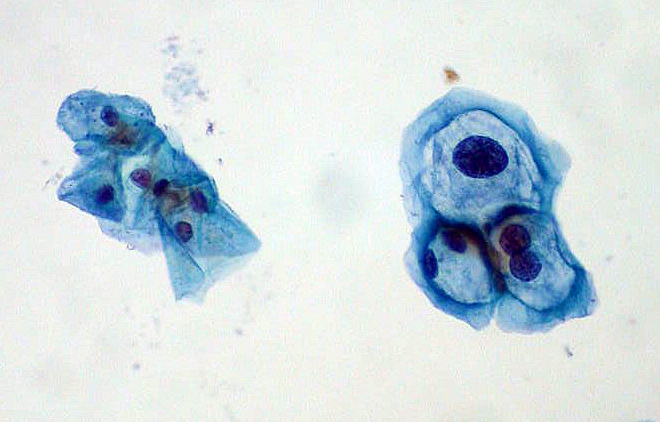Primary vs. Secondary Diagnosis
Question: Many of our ophthalmology patients claim general reasons for their visit, such as “I can’t see well,” or “My vision is foggy.” We code these visits with 368.8 as the primary diagnosis because this is the primary reason for the visit. Any other problems or underlying causes of the blurry vision we report as secondary diagnoses. Is 368.8 the most appropriate code to use in these situations, and should we list it first?
Answer: You should only report 368.8 (Other specified visual disturbances) as a primary diagnosis code when the ophthalmologist doesn’t find a more definitive diagnosis during the course of the visit.
Carriers often consider a visit for blurred vision the same thing as a routine exam— and Medicare will not pay for this service.
Primary vs. secondary: Whenever possible, you should list a more definitive diagnosis as primary and then the patient’s complaint of blurred vision as secondary. For example, if the ophthalmologist discovers that a cataract is causing the patient’s blurry vision, you would first list 366.12 (Incipient cataract) and then 368.8. You should always strive to report the most descriptive and accurate ICD-9 codes possible. If a patient claims her only reason for the visit is a routine exam, experts recommend that the ophthalmologist ask her a series of detailed questions to uncover any other complaints she may have but doesn’t think of right away. In obtaining a comprehensive history when a patient denies any blurriness of vision, the ophthalmologist should also ask, “Do your eyes chronically itch, burn, or water?” This may lead you to report dry eye syndrome (375.15, Tear film insufficiency, unspecified) or allergic conjunctivitis (372.14, Other chronic allergic conjunctivitis).
Do this: Rather than ask if a patient’s vision is blurry, ask if there is...

 When a patient returns to your office for a repeat Pap smear, you’ve got to weigh your options of E/M and specimen handling codes, as well as diagnosis codes. Take this challenge to see how you fare and prevent payment from slipping through your fingers.
When a patient returns to your office for a repeat Pap smear, you’ve got to weigh your options of E/M and specimen handling codes, as well as diagnosis codes. Take this challenge to see how you fare and prevent payment from slipping through your fingers.